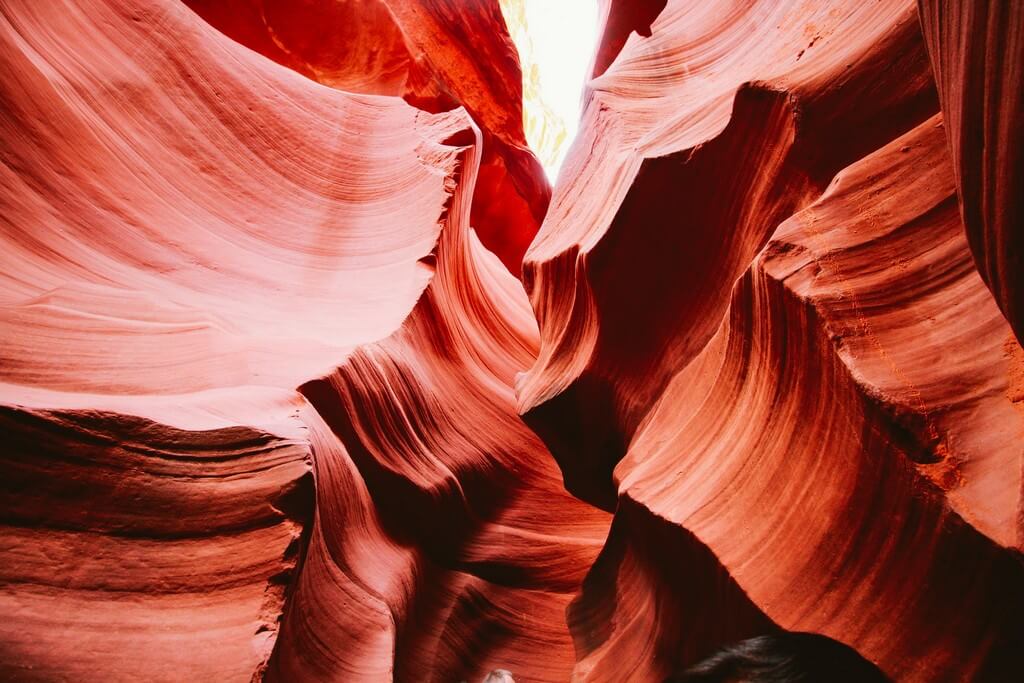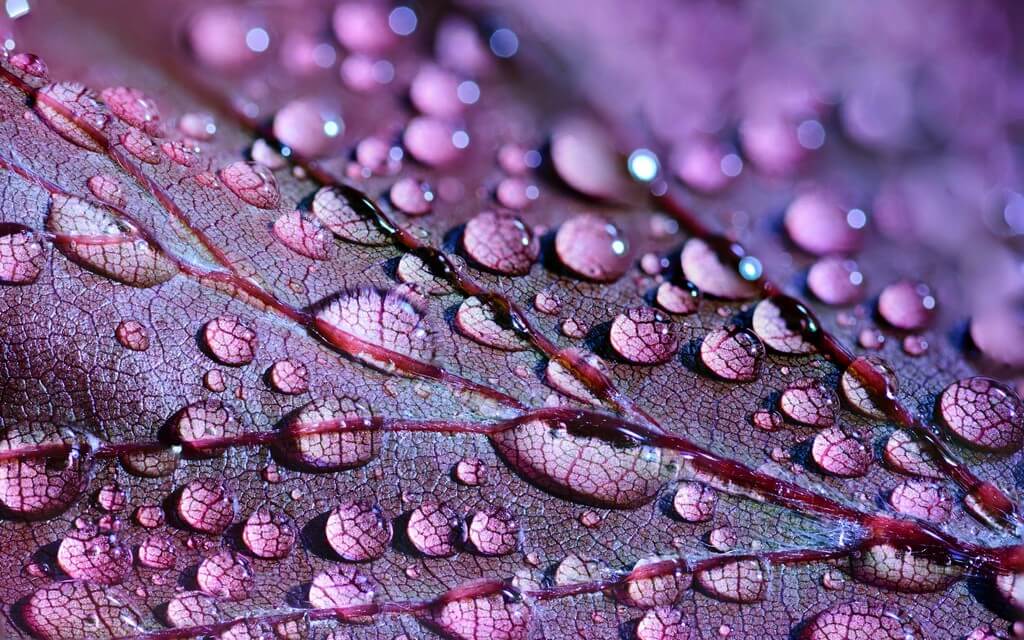Abstract Photography
31/07/2021 2023-10-20 11:54Abstract Photography
Abstract Photography also known as non-objective, experimental, or conceptual photography, is a method of expressing a visual image that has been made using photographic equipment, methods, or materials that does not have an immediate relationship with the object world. The introduction of the camera liberated painting from its role as a narrative medium. Painting was free to communicate feelings without the necessity to create a likeness or depict the storyline. True, what had gone before had emotional meaning, but now painting could explore and allow the emotional content to take the stage through imaginative interpretation. The artist was able to build up a new language and find out the reason for their art when they were no longer bound by this limit.
 Photographers have this freedom because of the introduction of the digital studio. When the tools for fixing and improving the camera’s capture are pushed to their limits, they offer a variety of unique results. When used in connection with the filters included within better software, images can be created where any similarity to the actual photograph is purely coincidence. Photographers’ visual language will grow as they explore these techniques and apply them into their work. The evolution of the medium from black and white to colour is now progressing to the next stage. The only limit now is the photographer’s imagination. With these tools, a skilled photographer may take a pop tune and turn it into a beauty. Simply the light recorded by the camera and fine-tuned into something entirely new, something unique to the photographer.
Photographers have this freedom because of the introduction of the digital studio. When the tools for fixing and improving the camera’s capture are pushed to their limits, they offer a variety of unique results. When used in connection with the filters included within better software, images can be created where any similarity to the actual photograph is purely coincidence. Photographers’ visual language will grow as they explore these techniques and apply them into their work. The evolution of the medium from black and white to colour is now progressing to the next stage. The only limit now is the photographer’s imagination. With these tools, a skilled photographer may take a pop tune and turn it into a beauty. Simply the light recorded by the camera and fine-tuned into something entirely new, something unique to the photographer.
 Abstract Photography is now seen everywhere and the most common example of abstraction is when a photographer removes a piece of a natural scene from its surroundings. That photographer alters the view of the real world and familiar things by focusing on the colour, texture, line, shape, geometry, symmetry, or reflection of a scene. Technology has freed the photographer, just as it did the artist before them. Photographs now have the ability to explore the entire range of human experience, including those for which there are no words. The photographer will have access to huge statements in more ways than one. If interested to learn more about this exciting field of Photography, one can enroll in the 3 month Diploma in Photography.
Abstract Photography is now seen everywhere and the most common example of abstraction is when a photographer removes a piece of a natural scene from its surroundings. That photographer alters the view of the real world and familiar things by focusing on the colour, texture, line, shape, geometry, symmetry, or reflection of a scene. Technology has freed the photographer, just as it did the artist before them. Photographs now have the ability to explore the entire range of human experience, including those for which there are no words. The photographer will have access to huge statements in more ways than one. If interested to learn more about this exciting field of Photography, one can enroll in the 3 month Diploma in Photography.













